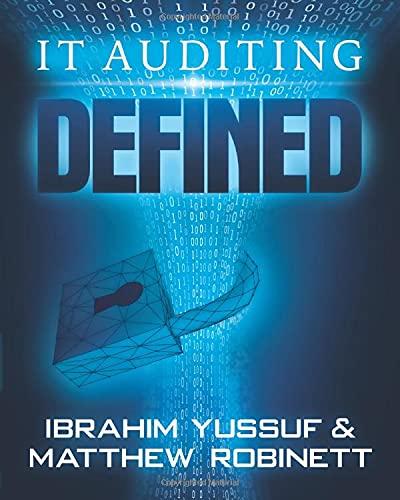Question
(40 points) In lecture, we assumed that when a homeowner borrows, the entire the value of a home would be borrowed. In fact, a borrower
(40 points) In lecture, we assumed that when a homeowner borrows, the entire the value of a home would be borrowed. In fact, a borrower would need to put a down payment on the mortgage a cash payment up front for part of the value of the home. An additional simplification of the lecture was to not take into account the fact that for a mortgage you pay the interest + some fraction of the principal. This question is designed to help you see the effects of a down payment and a mortgage interest tax deduction (MITD) on the value of a consumers assets and her tax burden. Take a look at the following mortgage calculator linked below to help answer the following.
c
The value of the property is $500k, the interest rate is 4% (approximately the correct interest rate as of this writing), and the length of the loan is 30 years (360 months). Leave other values on the table at the default settings. Homeowners are able to deduct the amount of interest paid on their mortgage when calculating taxes. The marginal tax rate for the homeowner is 33%. Assume the individual has $500k cash on hand, and any of this money that remains after taking the mortgage/making mortgage payments is invested at the interest rate 3%. The value of the property also grows at rate 3% per year, and this growth is not taxed. This means that as the borrower repays the loan and starts building principal, the value of that principal goes up at the same rate as other investments. Finally, assume that the years mortgage payment is paid to the bank from cash on hand at the START of the year. This turns out to be important if we want to make comparisons.
Suppose there is no MITD, and the homeowner borrows the full value of the property. For the first year:
a)How large is the annual mortgage payment? How much interest has been paid on the mortgage?
b)How much principal has been paid off by the borrower?
c)The amount of the annual mortgage payment from part a) was paid at the beginning of the year. That reduces the cash available to invest. How much cash gets invested? What is the pre-tax value of the cash investment at the end of the year? How much tax is owed on this investment? What is the after-tax value of the investment after one year?
d)Add up the values of all the investors assets at the end of year one. How has this value changed over the year?
Suppose there is a MITD, the homeowner borrows the full value of the property. Repeat a-d from part i.
Not surprisingly, you hopefully saw in ii that the deduction is a boon to the homebuyer. Now, suppose the buyer makes a down payment of 20%, or $100k. Assume the MITD is not available. She invests the remaining cash at 3%. Repeat a-d from part i. in this case.
iv.Once again, suppose the buyer makes a down payment of 20%. Assume the MITD is available. Repeat a-d.
v.Comment on/compare your results for the different cases.
Step by Step Solution
There are 3 Steps involved in it
Step: 1

Get Instant Access to Expert-Tailored Solutions
See step-by-step solutions with expert insights and AI powered tools for academic success
Step: 2

Step: 3

Ace Your Homework with AI
Get the answers you need in no time with our AI-driven, step-by-step assistance
Get Started


